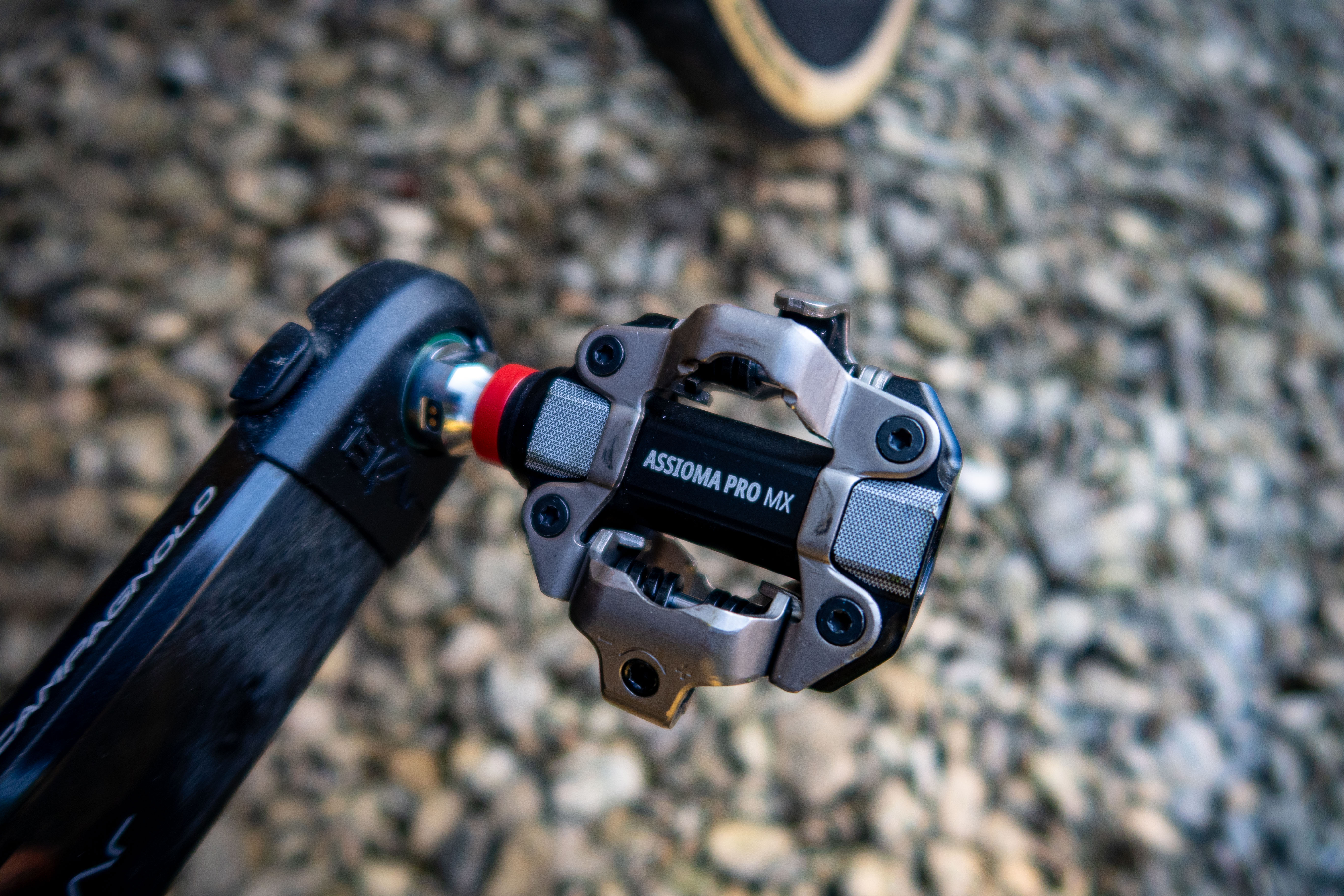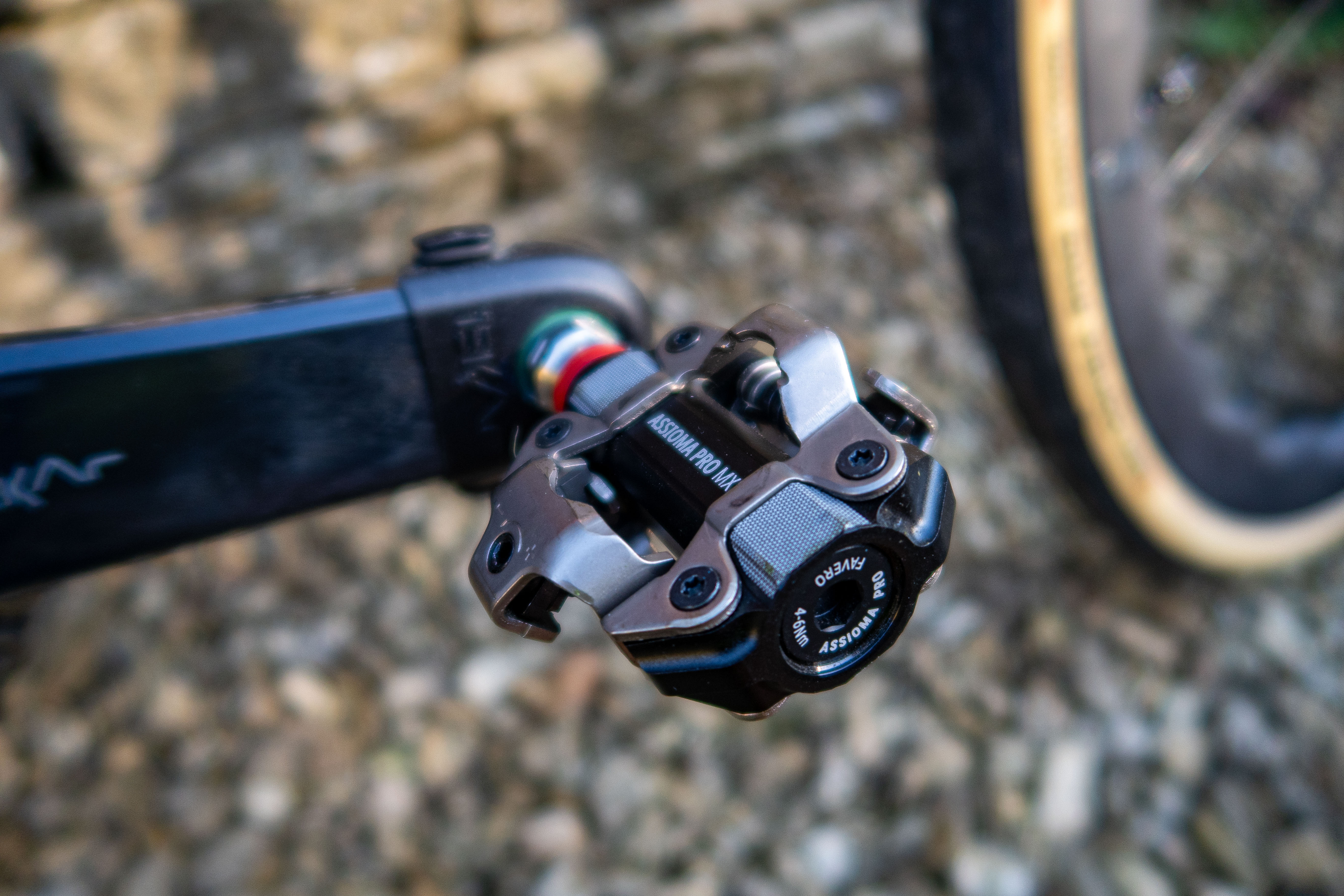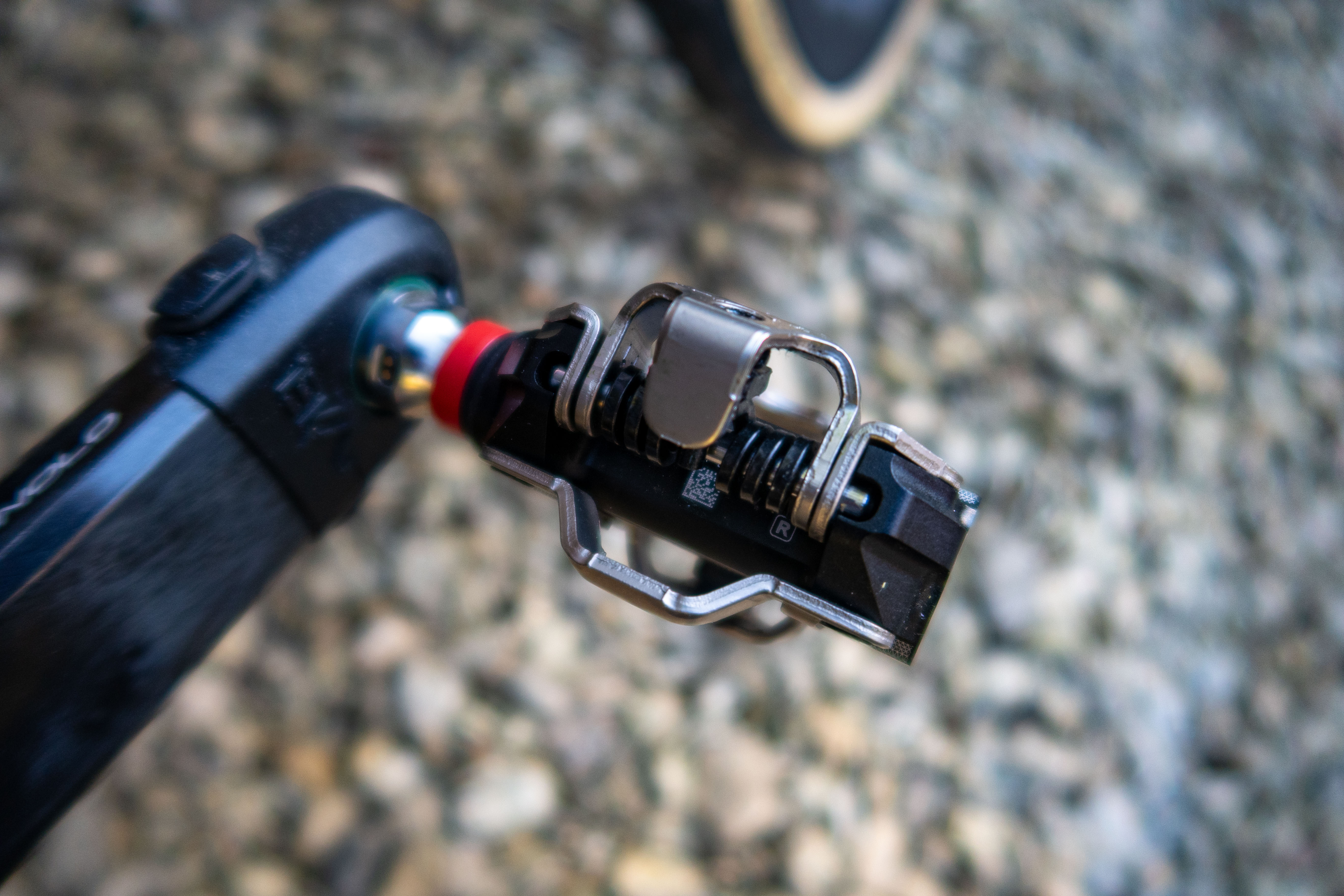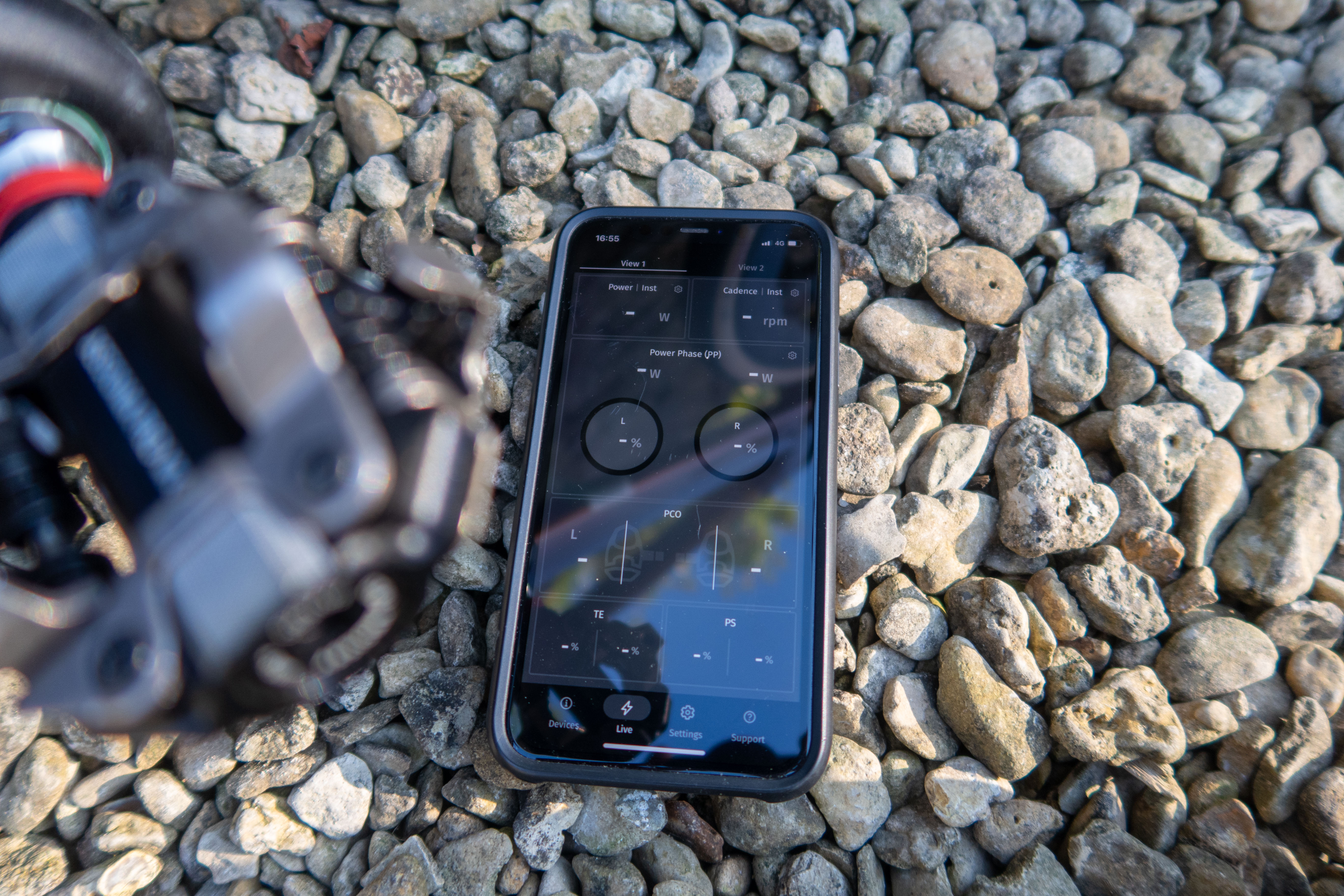Favero Assioma PRO MX-2 power pedals review: light, low and accurate
Well-priced, double-sided, accurate power pedals, with loads of data metrics for use on your gravel bike

If you want power measurement on your gravel bike, you can do far worse than choose these Favero Assiomas. Far cheaper than all their rivals, they provide a wealth of information, are lighter and at least as accurate. Not only that but you’re unlikely to need to even move your saddle after fitting them! What’s not to like?
-
+
Light
-
+
Very accurate
-
+
Long battery life
-
+
Low stack height
-
-
Nothing
You can trust Cycling Weekly.
If you train and race to power on the road, and want to do the same on gravel, the Assioma Pro-MX 2 pedals could fit the bill - and they’ll do it for a fraction of the cost of their competitors.
Italian company Favero has been in the power meter market since 2015 and added these SPD-style PRO MX pedals to their range in February 2024.

Squint hard and the Favero Assioma MX-2 pedal is similar in appearance to a Shimano M520.
While the ‘PRO’ in the nomenclature identifies the structure of the power spindle and internals, the ‘MX’ indicates the disciplines Favero expect them to be used for, MTB, CX and, of course gravel, where our review pair spent their time. Unlike Garmin’s Rally line, you cannot convert these for use on the road, they are purely SPD pedals.
There are three iterations in the PRO MX line. Here we’ve tested the MX-2, which reads your power and other data metrics on both pedals The MX-1 is a cheaper, single-sided option which you can upgrade to double-sided with the MX-UP. Nice and simple.
The construction
On first examination, they look like a slightly chunky version of Shimano’s stalwart off-road SPD pedals. However, they are slightly wider, which provides a broader platform for the foot. There are a couple of flat, knurled sections at either end of the body, but otherwise the aluminium mechanism looks almost identical to the Shimano original, including release tension adjustment screws.
According to Favero, the Assioma PR MX-2 is the first pedal where all the electronics, including the rechargeable battery, are housed in the spindle, protecting them from knocks, water and dust ingress. As the battery and other electrical are housed together the chance of power dropouts is almost zero.

Stack height is low, only about a millimetre higher than a regular SPD pedal.
The design separates the electrical components from the two needle roller bearings making maintenance and servicing fairly easy. You can even replace the pedal body, though not with a road body, remember.
Another benefit of the sealed spindle design is stack height. It’s only negligibly greater than standard Shimano SPD pedals, meaning only the most sensitive will need to adjust their saddle height to compensate.
The internals take a slightly different approach to power measurement from other manufacturers. Just like other power pedals on the market, they measure the torque being applied by the rider hundreds of times a second, but the difference comes when it comes to angular velocity. Favero claims their competitors’ products estimate this factor, which fails to account for the variability in the pedal stroke.

A Favero Assioma MX-2 pedal being charged via a yoke that fits around its spindle, close to the crank. Battery life is approximately 60 hours.
Favero’s Angular Velocity-based Power Calculation - IAV for short - measures the angular velocity throughout the pedal stroke, thus providing a more accurate real-world measurement, even with oval chainrings.
Favero has done a remarkable job keeping weight down. My Shimano PD-M540 SPD pedals weigh 352g per pair, while the Assiomas weigh in at only 384g. That means the battery and all the other internal gubbins add just 16g per pedal.
Connectivity is via Bluetooth and ANT+, and charging is simple too. Included in the box are two charging sleeves that you simply slide onto the connectors on the pedal spindle, plug in and hey presto! My first 20 hours of use used about a third of the battery life, which corresponds with the claimed 60-hour battery life.
The ride
Fitting and setting up the Assiomas is as easy as it gets. You will need a 15mm spanner, and if you want accurate power readings you’ll need a torque wrench to tighten them to the required 35nm, which is tighter than I tend to fit pedals.
Once they’re on, simply download and open the Favero Assioma app and follow the instructions. One of the manufacturer’s big boasts is that you only need to calibrate them when first installed or moved to another bike. However, my Garmin prompts me to do it every time and, as it takes seconds, I do.

The Favero app shows a plethora of detailed power metrics.
Like most power meters you wake them by spinning the cranks, and you’ll see a red light winking where the spindle pokes out of the inside of the crank. For me connection to both the Favero app and my Garmin Edge 530 is instant.
Favero claims a power accuracy of +/- 1%, but that is accuracy to itself, not to other units. Using this method is not special, all manufacturers use it for their accuracy claims. I tested the Assiomas against a wheel-off indoor trainer, and while the finite power showed discrepancies between the two devices, which increased with higher outputs, those discrepancies were consistent.
According to Favero my FTP is not what Zwift suggests, so I would recommend an FTP test with each power device so you know where you stand. While this is not a direct comparison, the Assiomas’ power readings are very similar to those recorded on a SRAM Red Quarq power meter used on a test bike over the winter.
The Assiomas and the SRAM also showed an identical, and rather alarming, imbalance in my left-right power output. But that’s not the only extra metric you get, with Power Centre Offset (PCO) you can see how far from the centre of the pedal your power is exerted, informing cleat positioning. Power phase shows where in the pedal stroke you are putting power through the pedals, and you can also see the amount of time spent in and out of the saddle.
I couldn’t feel the extra millimetre stack height compared to my standard SPDs, but the pedals felt great to use, providing an excellent platform to pedal on. The Q-Factor is 53mm, so you clip in and go.
Value
If you need power pedals for your off-road bike, the Favero Assioma Pro MX-2 pedals are the best value you can find.
At the time of writing, Favero will sell them directly for under £490. That’s for the double-sided model we tested here, which is not much more than Garmin’s Rally single-sided SPD-compatible pedals, and considerably less than SRM's single-sided X-Power pedals.
Other than Garmin’s 120-hour replaceable battery life, features are comparable or in many cases better than their rivals.
Shop around for the best price though, because at the same time Favero are offering them for £489, a well-known UK-based retailer has them for £648.

Thank you for reading 20 articles this month* Join now for unlimited access
Enjoy your first month for just £1 / $1 / €1
*Read 5 free articles per month without a subscription

Join now for unlimited access
Try first month for just £1 / $1 / €1
The latest race content, interviews, features, reviews and expert buying guides, direct to your inbox!
Owen Rogers is an experienced journalist, covering professional cycling and specialising in women's road racing. He has followed races such as the Women's Tour and Giro d'Italia Donne, live-tweeting from Women's WorldTour events as well as providing race reports, interviews, analysis and news stories. He has also worked for race teams, to provide post race reports and communications.